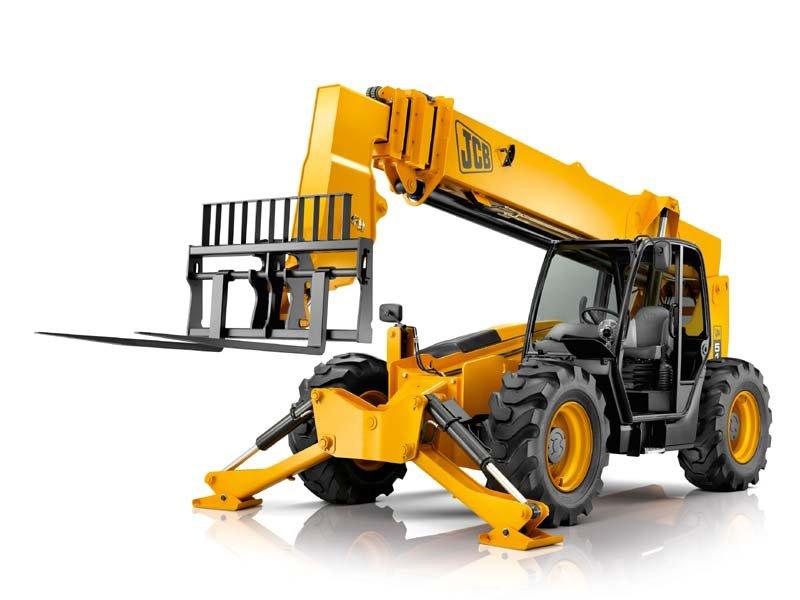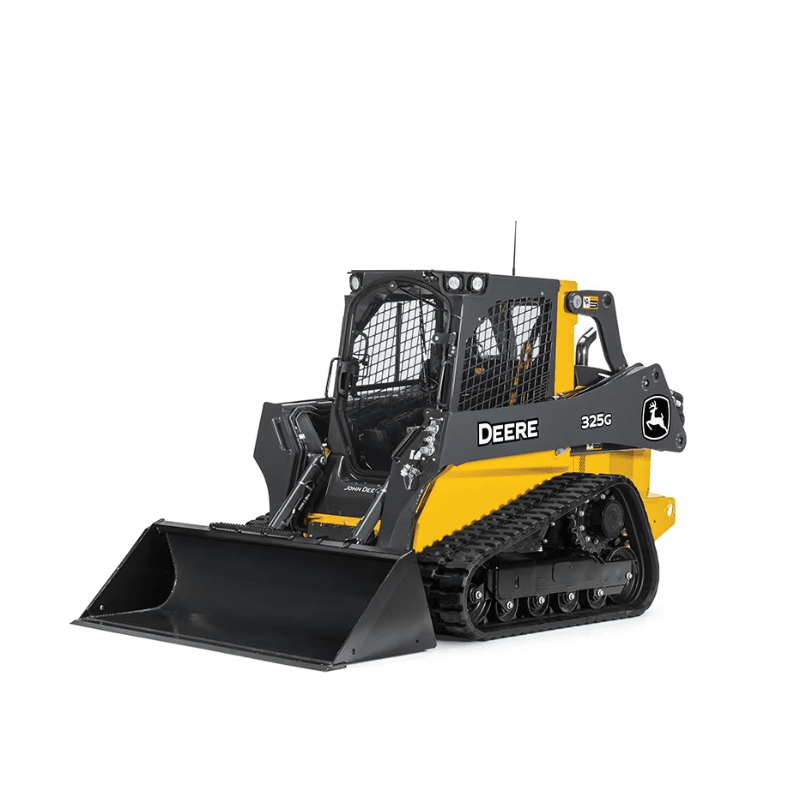Aerial Lift Rental: Versatile Training Solutions for High-Access Jobs
Wiki Article
Maximize Your Budget by Comprehending the Expenses Connected With Building And Construction Devices Leasings
Understanding the full range of costs connected with building and construction equipment services is critical for maximizing your spending plan. While the preliminary rental charge might seem straightforward, various extra expenses-- such as transport, fuel additional charges, and upkeep-- can rapidly gather, affecting your financial preparation. In addition, understanding different costs and the complexities of rental agreements can help prevent unexpected economic concerns. What techniques can be utilized to effectively handle these expenses and make sure a more effective rental experience?Review of Rental Costs
When thinking about construction tools rentals, recognizing the connected prices is paramount for reliable budgeting and project planning. Rental costs can differ substantially based on a number of factors, including equipment type, period of rental, and location. The initial rental cost typically shows the tools's market demand and its linked functional capabilities, affecting the overall expense.In enhancement to the base rental price, supplementary prices may arise, such as transportation charges, gas additional charges, and upkeep costs. It is important to account for these added expenses to precisely analyze the total expense of renting out devices. The rental period can influence prices; longer services might qualify for affordable prices, while temporary services could sustain higher daily charges.

Malfunction of Rental Rates
A thorough understanding of rental prices is essential for contractors and job managers aiming to maximize their budgets. Rental rates for construction tools typically contain numerous parts, including base prices, time-based fees, and usage costs.Base prices are the core fees connected with the leasing of the devices, frequently established by the type and dimension of the equipment. These prices can vary considerably, influenced by factors such as devices demand, schedule, and regional market patterns. Time-based fees, which may be daily, weekly, or monthly, offer to fit different task timelines and rental periods.
Furthermore, rental rates might include use charges, which are suitable when equipment is utilized past a specified threshold, ensuring that the rental firm can represent deterioration. Seasonal demand variations can additionally impact rental prices, with peak building and construction seasons generally regulating higher prices.
Furthermore, comprehending the rental firm's policies regarding maintenance and insurance can give more understanding into the overall expense framework. By examining these components, professionals can make informed choices, guaranteeing the option of rental tools aligns with both task requirements and budget restrictions.
Added Charges to Take Into Consideration
Understanding the complexities of extra costs is crucial for professionals to handle aerial lift rental their total service expenditures successfully. Past the standard rental rates, numerous supplementary charges can considerably impact the total cost of tools service. These fees frequently include distribution and pick-up costs, which can differ based on range and logistics associated with transferring the devices to and from the task site.Additionally, some rental companies might impose gas additional charges if the equipment is returned with much less fuel than when leased. It is likewise important to be conscious of prospective cleaning fees, particularly for specialized tools that calls for detailed maintenance after usage.

Extensively evaluating the rental contract and clarifying these added charges upfront can aid contractors make certain and prevent unexpected expenses that budgets continue to be intact throughout the job lifecycle.
Maintenance and Repair Costs
Normal upkeep and repair work expenditures are usually ignored aspects that can substantially influence the general cost of building and construction devices rentals. When renting devices, it is crucial to take into consideration not just the rental charges yet also the potential prices related to maintaining the equipment in optimum operating condition.Lots of rental companies consist of basic upkeep as component of the rental contract; however, a lot more extensive repair work or unforeseen failures can result in extra expenditures. It's vital to review the rental agreement meticulously to recognize what upkeep solutions are covered and what obligations fall on the renter.
Additionally, devices that is not well-maintained can bring about inefficiencies at work site, potentially raising and triggering hold-ups job prices. To alleviate these threats, it is suggested to perform routine inspections and maintain open communication with the rental supplier pertaining to any kind of concerns that emerge throughout use.
Insurance and Liability Expenses
Insurance and liability prices are critical parts that can considerably impact the overall expense of building devices leasings (forklift rental). These expenses guarantee that both the rental company and the customer are protected from prospective financial losses emerging from accidents, damage, or theft throughout the rental period
Furthermore, customers ought to understand any kind of deductibles or exemptions in the insurance plan, as these can affect potential out-of-pocket costs. Understanding the terms and problems of any type of insurance protection is vital to prevent unanticipated expenses. Ultimately, budgeting for insurance coverage and responsibility expenditures can assist make certain a smoother rental experience and safeguard versus economic risks connected with building jobs.
Verdict
In final thought, a detailed understanding of the expenses connected with building and construction equipment rentals is important for effective spending plan monitoring. Inevitably, notified decision-making regarding tools leasings contributes to the overall success of construction undertakings.Rental expenses can vary dramatically based on several variables, consisting of devices type, duration of rental, and area (scissor lift rental). The rental period can influence prices; longer rentals might qualify for discounted prices, while short-term services may incur greater day-to-day fees
By conducting extensive research and engaging with credible rental firms, specialists can successfully navigate the complexities of rental pricing, inevitably maximizing their financial resources.
Past the basic rental rates, different supplementary fees can significantly impact the total expense of equipment leasing. Rental companies often supply liability insurance coverage that covers injuries to third parties or damage to property, while tools damages insurance can cover the price of repairs or replacement if the leased equipment is damaged.
Report this wiki page